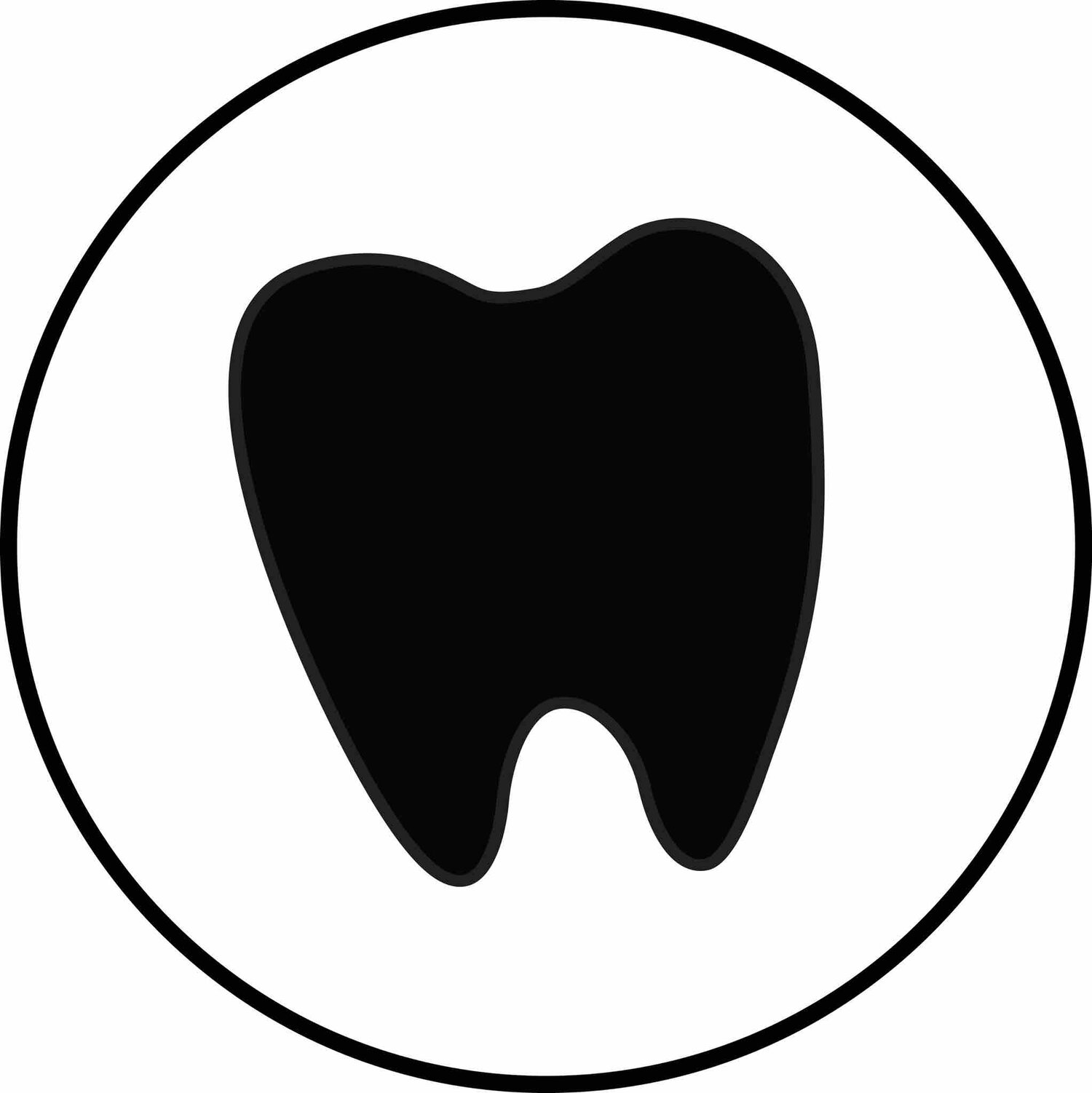P. L. E. A. S. E Method
PICTURE THIS:
You are hunched over your patient frantically scaling half hazard strokes...the clock is ticking and you move to the next quadrant, you don't completely adjust your light but you can still kinda see (kinda/sorta). You clean the distal lingual of 15 and keep moving on...only to realize that the distal of 15 still has a huge piece of calculus still on it. You go back to 15, remove the calculus and then try to remember which teeth have been cleaned.... Meanwhile your body looks like a human pretzel..your patient is too high, you're too low- your elbows are high, shoulders hunched, your neck is twisted (because you haven't had the patient adjust his head) and some teeth are cleaned while others are not. The faster you go the less adaptation you have and your patient keeps "jumping". By the end of the day you've been behind all day, your body is killing you and you're very frustrated with your career choice!!
I remember sitting in hygiene school and one of my professors off handily saying that she wished there was a mnemonic/checklist to make sure that nothing was forgotten in the hygiene appointment. For years after that comment I would randomly think about it. One morning I was laying in bed and it came to my mind as clear as glass.
P= Position for both yourself and patient. If I was going to clean the lingual of quad 2 (as a right handed hygienist) I would sit at 9:00. I would have my patient's head up and tilted towards the left. If you notice yourself leaning…it's because your patient is most likely not in the correct position.
L = Lighting. It's important to use your overhead light and mirror for maximum illumination. Often times (myself included) when hygienists move from one quadrant to the next the light isn’t adjusted in a way to provide maximum illumination and essentially when we do this we are cleaing in the dark.
E = Ergonomics. Make sure you are not leaning to one side in your chair but that you are sitting up straight, that your wrist is neutural and that you are not making chicken wings with your elbows.
A= Adaptation. If your pt complains of you hurting them it is most likely that the toe third of your instrument is not adapted to the tooth.
S=Strokes. The quickest way to fatigue is doing a working stroke too often. Its important to do exploratory strokes with your instrument and then working strokes.
E= Edge. The saying "sharp tools make light work" is very true in DH. Continually check to make sure your instrument is sharp. It's helpful, especially in SRP to have a sharpening stone on your tray.
Now let's look at the above scenario with the Please Method.
The clock is ticking. I sit down to do the lingual of quad 2. I take a deep breath. I make sure my chair and the patient's seat is in the correct posistion. I have my patient put his/her chin up and turn slightly to the left. I adjust my light for maximum illumination. I check my ergonomics and notice I'm leaning so I adjust my patient more. I then place my instrument in the distal of 15 and then adapt the toe third of my instrument to the tooth. I start with exploratory strokes and make sure my instrument feels like it is sharp. I clean the distal...when it feels great I move onto the straight... and then the mesial. Then I move onto 14..I clean the distal, when it feels great I move onto the straight and then mesial. I keep going until I need to move onto the next quadrant. I then put the PLEASE method into practice again!!
With the PLEASE Method I have noticed that my cleanings are CONSISTENTLY more focused, gentle and thorough while still protecting myself as the dental hygienist. Want to see it for yourself. Check it out in the video below.
Need a PLEASE reminder? Download the file and hang it where you keep your daily goals and reminders HERE.


